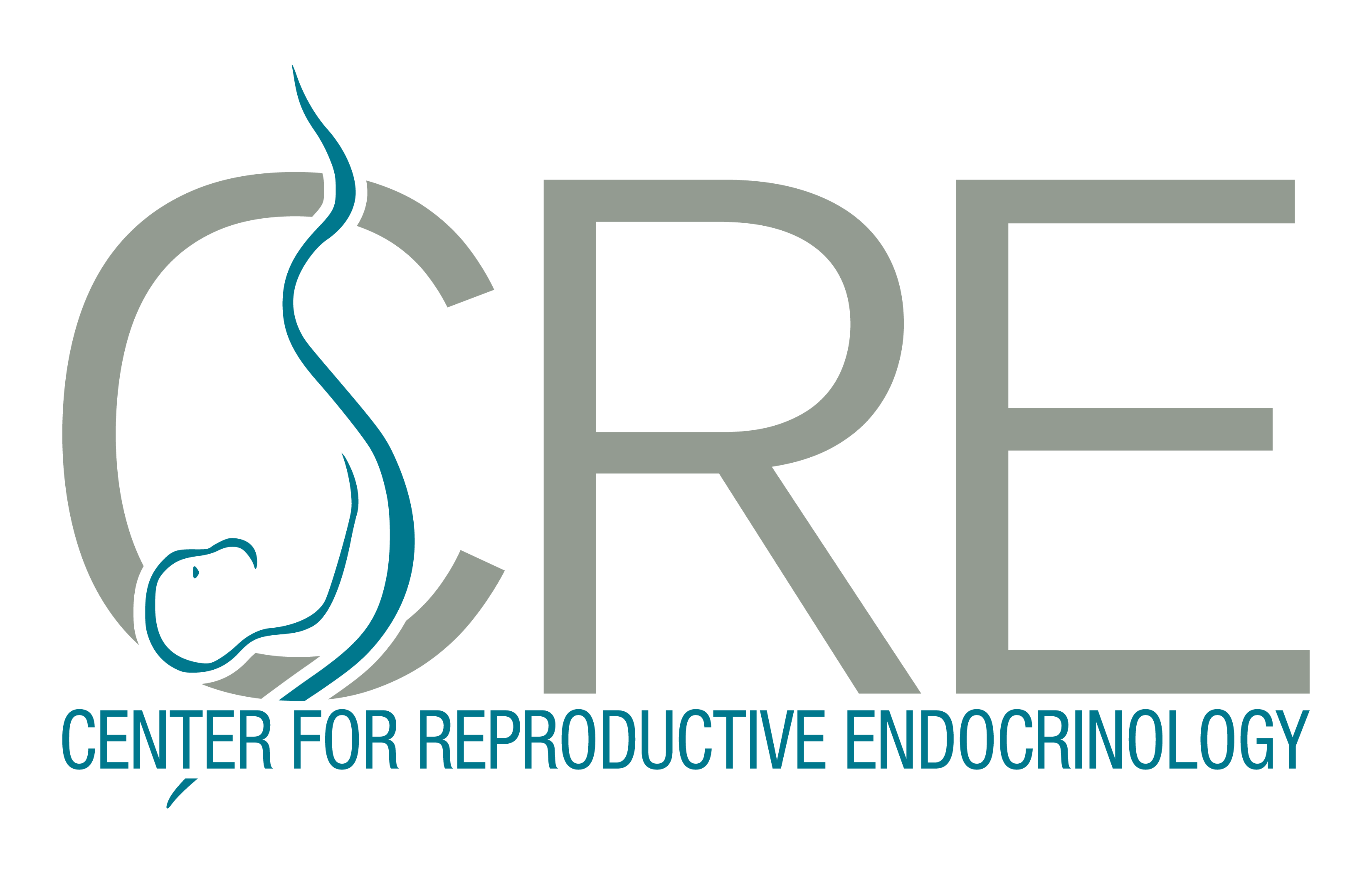Introduction
In discussions about age-related fertility risks, much of the focus tends to be on women. However, emerging research highlights that advanced paternal age—commonly defined as men over 40 or 45—also carries notable medical implications for both fertility and the health of offspring. As more men are delaying fatherhood due to personal or professional reasons, understanding the associated risks becomes increasingly important. While the desire to wait is completely understandable, science now shows that male reproductive health is not unaffected by time.
Declining Sperm Quality and Fertility
One of the most well-documented effects of advanced paternal age is a decline in sperm quality. Older men may also experience lower testosterone levels, semen volume, sperm motility (how well sperm move), and abnormal morphology (sperm shape), all of which contribute to decreased fertility potential. These changes are subtle and often go unnoticed without testing.
Sperm DNA fragmentation refers to breaks or abnormalities in the DNA contained within the sperm cell. DNA Integrity (DFI) can easily be tested with a SCSA (Sperm Chromatin Structure Assay).
DFI (DNA Fragmentation Index):
- <15% = Excellent fertility potential
- 15–25% = Moderate
- 25% = Poor fertility outcome
High levels of DNA fragmentation are associated with lower success rates in both natural conception and assisted reproductive technologies such as IVF. Studies show that as men age, there is an increase in sperm DNA fragmentation, which can lead to reduced fertility and an increased risk of miscarriage, even when the female partner is young and healthy. (The known association between paternal age and miscarriage/infertility risk is at least partly caused by this change.)
Genetic Implications for Offspring
Beyond fertility, there are genetic implications of advanced paternal age as well. As men age, mutations can accumulate in their sperm. These mutations happen because sperm cells continue to divide throughout a man’s life—each division carries a small chance for errors in DNA replication. Over time, the cumulative effect means that the sperm of older men carries a higher likelihood of new, spontaneous mutations. While many of these mutations are harmless, the cumulative effect of some of these mutations can lead to a higher risk of certain conditions in children. Advanced paternal age has been linked to an increased incidence of disorders such as autism spectrum disorder, schizophrenia, and certain rare genetic syndromes like achondroplasia and Apert syndrome. These conditions are thought to arise due to “de novo” mutations—genetic changes that are not inherited from either parent but occur spontaneously in sperm.
Broader Developmental and Health Risks
Additionally, some studies suggest a link between advanced paternal age and an increased risks for a range of other health and developmental issues in children. While the strength and consistency of these findings vary, they are worth noting:
- Childhood cancers: Some research has found elevated risks of leukemia and certain brain cancers in the offspring of older fathers.
- Psychiatric conditions: In addition to schizophrenia and autism, there may be links to conditions such as bipolar disorder and attention deficit hyperactivity disorder (ADHD).
- Cognitive and academic performance: A few studies have indicated that children born to older fathers may score slightly lower on standardized cognitive tests or show reduced academic performance.
These associations are complex and influenced by various genetic and environmental factors, such as parental involvement or educational background. This means age alone is not always the sole contributing factor.
Reproductive Planning and Risk Mitigation
While most men over 40 go on to have healthy children, awareness of these risks can encourage informed decision-making and proactive health planning. For men considering later-in-life fatherhood, options such as sperm freezing earlier in life may help mitigate some of these risks. Younger sperm generally have lower rates of fragmentation and mutation, which may improve the likelihood of successful conception later.
Maintaining a healthy lifestyle is equally important. A balanced diet, regular exercise, stress management, and avoiding environmental toxins like tobacco and excessive alcohol can help preserve sperm quality. High DFI can be lowered by taking Antioxidants: Vitamins C & E, CoQ10, Zinc. These supplements are readily available under brand names such as FertilAid, Male Fertility Blend, and Proxeed. It typically takes 6–8 weeks to see improvement in sperm motility, DFI, and morphology when using these supplements.
Conclusion
Just as women face biological clocks, men are not immune to the effects of aging on reproductive health. As science continues to explore the impact of paternal age, both prospective parents and healthcare providers must consider the full spectrum of reproductive risk factors—on both sides. Men in their 40s or beyond should consider a semen analysis and hormone check when planning to delay parenthood. Seeking guidance from a fertility specialist can help assess their options and make informed choices about timing, testing, and treatment.









